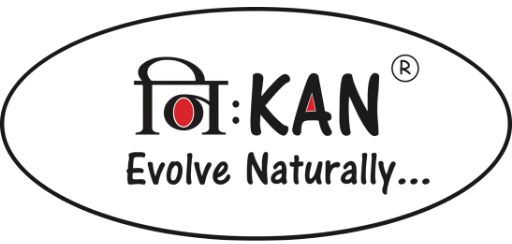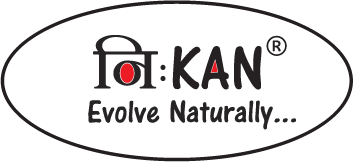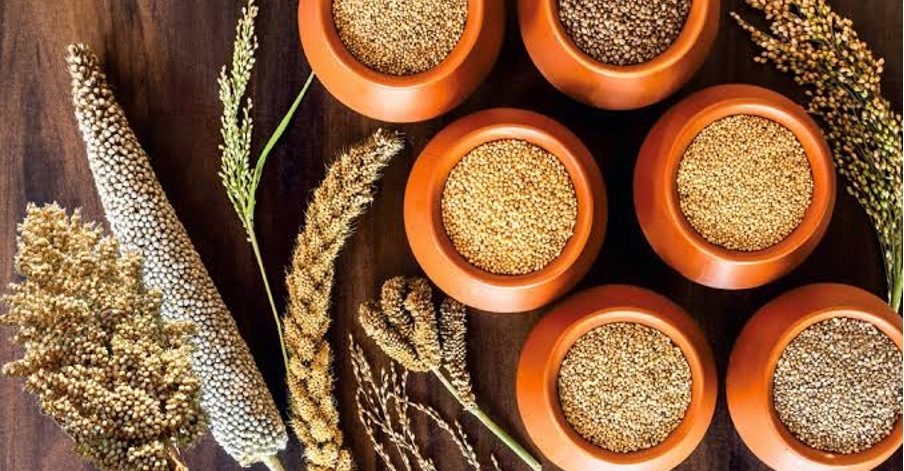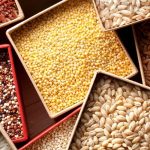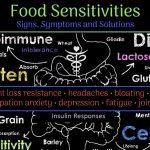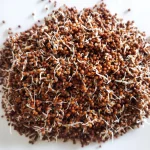Millet is a general term used to categorise small-seeded grasses that are often called as dryland-cereals that includes sorghum, pearl millet, ragi, small millet, foxtail millet, prose millet, barnyard millet and kudo millet, among others.
An important staple cereal for millions of dryland farmers across Asia, millets offer nutrition and health benefits to the people. They are an important source of nourishment for millions of people in sub-Saharan Africa and Asia. They are deeply rooted in Indigenous Peoples’ culture and traditions and help guarantee food security in areas where they are culturally relevant. Therefore, millets are superfood as they are good for health of humans and the planet.
Nutritionally greater to refined grains owing to their higher levels of protein with more balanced amino acid profile, crude fibre and minerals such as iron, zinc, and phosphorous, millets can provide nutritional security and protect against nutritional deficiency, especially among children and women.
Millets can also help fight health challenges such as obesity, diabetes, and lifestyle problems as they are gluten-free, have a low glycemic index and are high in dietary fibre and antioxidants.
Types of millets:
- Amaranth–This grain is a champion when it comes to protein. According to the Whole Grains Council, it has all nine essential amino acids, making it a complete protein. It has plenty of magnesium and phosphorous, it may also be anti-inflammatory and it’s safe to eat for those with celiac disease. Amaranth can be added to soup, cooked into a porridge, or eaten like popcorn.
- Sorghum-This grain is much more popular in other parts of the world but is gaining its popularity everywhere because it’s gluten-free. Sorghum is also high in antioxidants and phytochemicals, which helps to control cholesterol.
- Finger millet- Finger millet is considered one of the most nutritious cereals. Finger millet is an outstanding source of natural calcium which helps in strengthening bones for growing children and aging people. Regular consumption of finger millet is good for bone health and keeps diseases such as osteoporosis away.
- Fox tail millet- Foxtail millet is a great substitute to rice as it keeps you satiated for longer hours. You can eat cooked foxtail millet instead of rice to avoid those mid-day hunger pangs.
- Pearl millet- Pearl Millet, normally known as bajra in India is a highly nutritious easy to digest cereal grain. Being non-glutinous makes it a healthy option for people with a gluten allergy and celiac disease. They are packed with carbohydrates, essential amino acids, antioxidants, multiple vitamins like thiamine, riboflavin, folic acid, niacin, beta carotene, and minerals.
- Spelt- Spelt contains vital nutrients such as fibre, B vitamins, zinc, iron, manganese, magnesium, and phosphorus. People who are gluten sensitive should avoid having spelt.
- Quinoa-It is has ample of protein source and is rich in vitamins, minerals, healthy fats, and fibre. This whole grain is packed with antioxidants, which has the ability to reduce chronic diseases such as heart disease, cancer and chronic inflammation. Quinoa is gluten free.
- Buckwheat- It is full of nutrients like manganese, copper, magnesium, iron, phosphorous, fibre and B vitamins. It is great for people with celiac disease.
- Wild Rice- It is a powerhouse of protein and has a delicious nutty flavour. Wild rice is great for those with celiac disease or for those who have gluten or wheat sensitivities.
Benefits of including millets in your diet :
- Rich in antioxidants– Millet is rich in phenolic compounds. These molecules act as antioxidants to protect your body from harmful oxidative stress.
- Helps control blood sugar levels–Millet is rich in fibre and non-starchy polysaccharides, two types of undigestible carbs that helps control blood sugar levels.
- Helps lower cholesterol–Millet contains soluble fibre, which crops a viscous substance in your gut. In turn, this traps fats and helps reduce cholesterol levels.
- Fits for gluten-free diet-Millet is a gluten free grain, making it a viable choice for people with celiac disease or those following a gluten-free diet.
The Government of India led the initiative for an International Year of Millet 2023, through the UN system and reaped support from many countries. This was a major success for popularising millets, which can play an important role in overcoming malnutrition and health concerns like diabetes. It will also be great for climate change measures in drylands and vital for smallholder farmers. It provides a great opportunity to raise awareness and to direct policy attention to the nutritional and health benefits of millet consumption. Greater millet production can support the livelihoods of smallholder farmers and can provide decent jobs for women and youth. The revenue created can boost economic growth. The IYM 2023 and the push towards increasing millet production will contribute to the 2030 Agenda for Sustainable Development. Through our millet-based products Nihkan is contributing to the growth and health drive of the millets. Year of 2023 has been dedicated to year of millets, so we at Nihkan are proud to be a part of this potential millet journey with all our heart, which will accomplish our mission of made in India for Global.
